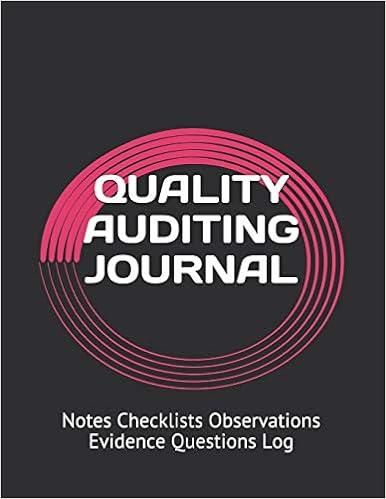Question
1. True or False: Money growth (as measured by percent of change year over year of M1 and M2) has been frequently negative between 1960
1. True or False: Money growth (as measured by percent of change year over year of M1 and M2) has been frequently negative between 1960 and today.
True
False
2. Holding all else constant, according to portfolio theories of money demand, if there is a large increase in real GDP, then what happens to money demand?
| A. | Money demand may go up or down
| |
| B. | Money demand goes up
| |
| C. | Money demand goes down
| |
| D. | Money demand does not change because it is not affected by GDP changes
|
3. When you are discounting back a forecast of positive cash flow amounts that you expect to receive in the future, what happens to the present value (PV) of those cash flows if you use an increasingly higher discount rate in your analysis?
| A. | PV increases with higher discount rates
| |
| B. | PV decreases with higher discount rates
| |
| C. | PV may increase or decrease with higher discount rates
| |
| D. | PV not affected by the higher discount rates
|
4. When broadly measuring the amount of money in the monetary system, US currency (which is made up of cash bills and cash coins) is the largest type of money in the US monetary system.
True
False
Step by Step Solution
There are 3 Steps involved in it
Step: 1

Get Instant Access to Expert-Tailored Solutions
See step-by-step solutions with expert insights and AI powered tools for academic success
Step: 2

Step: 3

Ace Your Homework with AI
Get the answers you need in no time with our AI-driven, step-by-step assistance
Get Started


